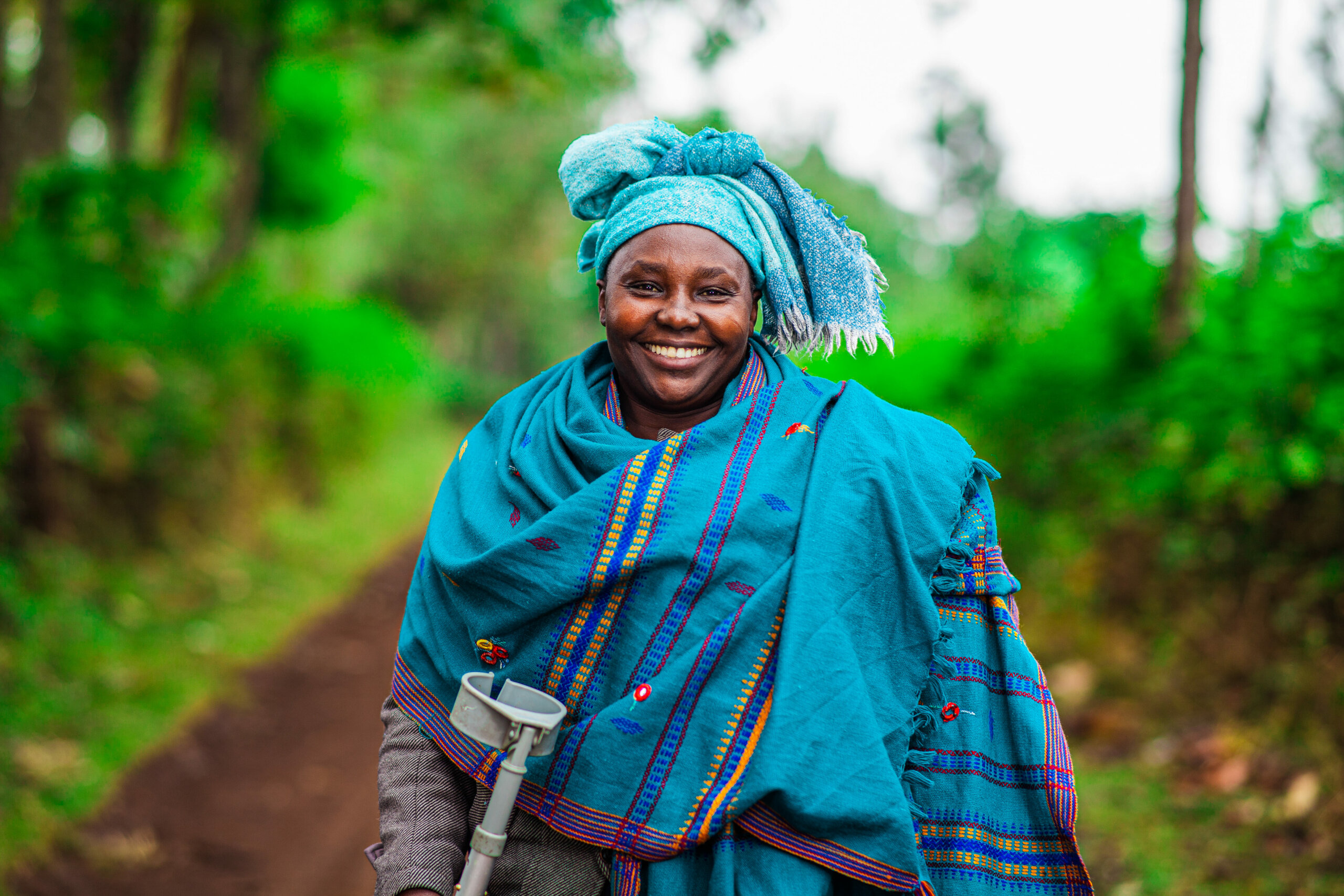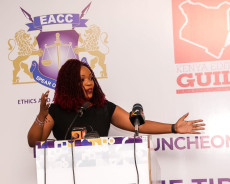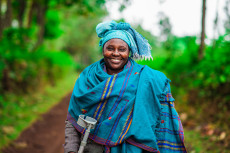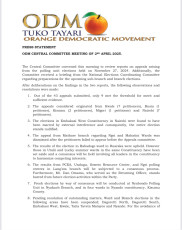- Working together with parents of children with disabilities can help build the parents’ awareness of the challenges they may face and how to create a loving, empowering, and accepting environment. By reducing isolation and stigma and addressing discrimination, women and girls with disabilities can live safer, more fulfilled lives.
Key Strategies to Tackle Disability Inequality, According to UN
03 Apr, 2025 03:33 PM

Approximately 1.3 billion people in the world are experiencing disability today. This is according to data from the World Health Organization (WHO). Of these, more than 700 women and girls face multiple forms of discrimination and stigma.
The United Nations Women has highlighted 5 key actions to promote disability inclusion.
One action involves centring women and girls living with disabilities. According to UN Women, policymakers and all stakeholders must ensure that women and girls with disabilities have space to act and advocate on their own behalf.
This ensures that the programmes are effective and reach those in need.
This will also help confront the misperceptions that women and girls with disabilities cannot make decisions on their own or engage in civic participation—misperceptions that fuel violence, invisibility, and reduced social status and also limit solidarity among women and girls with disabilities.
Challenging harmful stereotypes is the second key action. Governments, non-governmental organizations, activists, and all stakeholders must confront their own biases and ensure that women and girls with disabilities are seen in their full humanity—and are not infantilized or marginalized.
Entrenched misperceptions of passivity, inability, dependency, and helplessness can also intersect with social norms about women and girls, creating a vicious cycle of exclusion.
The best way to do this is to circle back to ensure that women and girls with disabilities have a say in policies that affect their lives.
Addressing the root causes of violence is also a very crucial action in promoting disability inclusion. Legal and policy systems should address the root causes of gender-based violence and discrimination affecting women and girls with disabilities, such as social isolation and stigma.
States should ensure that people with disabilities have equal access to social protection schemes, paid care work, poverty reduction programmes, education, and other forms of support.
Governments, employers, and other stakeholders—including organizations of persons with disabilities—should ensure that people with disabilities are not segregated from society.
Working together with parents of children with disabilities can help build the parents’ awareness of the challenges they may face and how to create a loving, empowering, and accepting environment. By reducing isolation and stigma and addressing discrimination, women and girls with disabilities can live safer, more fulfilled lives.
Fostering partnerships and collaboration. According to the UN Women, government entities such as ministries of health, social policy, and education should collaborate closely with civil society organizations, including organizations of persons with disabilities and other stakeholders, to ensure that women and girls with disabilities are reached by the services they need.
Organizations, institutions, and networks involved in ending violence and addressing discrimination against women and girls should actively seek to partner with groups that serve people with disabilities, both as a way to include disability rights in the larger gender-based violence agenda and as a mutually beneficial learning experience on the complexities of the intersection of gender, disabilities and violence.
Making sure programmes match women’s needs is the last key action. Legislation on care and all other topics should be reviewed to ensure that the full rights of people with disabilities are recognized.
Laws must consider the specific experiences and needs of women with disabilities and address all forms of violence they face, such as physical, sexual, psychological, and economic abuse.
Don't Miss Out
Hot Stories
Latest Stories

12 hrs ago
Mugithi Bridges Generations Through Music



-1743673137-md.jpg)





-1743673137-sm.jpg)
